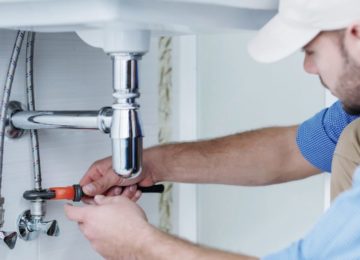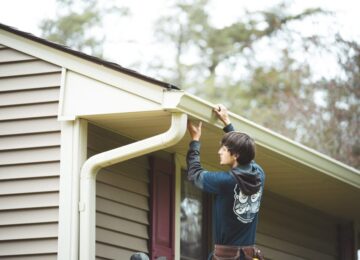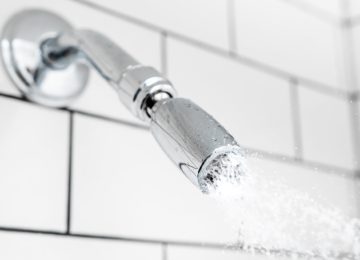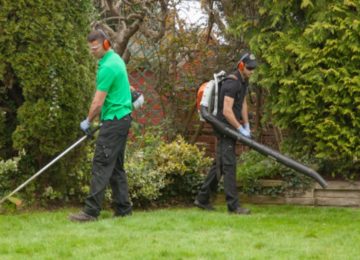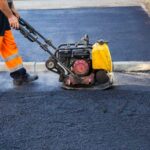Toilets, those unassuming fixtures in our bathrooms, often bear the brunt of our household’s hygiene challenges. A ubiquitous issue many households face is the unsightly presence of chalky white, brown, or rusty stains. But where do these stains come from, and how can they be effectively removed? This article delves deep into the complexities of hard water stains in toilets, providing a comprehensive understanding while highlighting essential tradeoffs and challenges.
The Science Behind the Stains: Why Do They Occur?
At the heart of these persistent stains is the concept of ‘hard water.’ Residential water lines vary in the type of water they carry, and hard water is characterized by its high mineral content, especially magnesium and iron. When this water evaporates or flows through our home’s plumbing, it often leaves behind these mineral traces, manifesting as stains in our toilet bowls.
Tradeoff: While hard water can be beneficial for our health due to the minerals it contains, it brings with it the challenge of consistent toilet bowl cleaning and maintenance.
DIY Solutions: Household Remedies to the Rescue
Given the ubiquitous nature of the problem, many households have turned to home remedies for solutions. Some popular combinations include:
White vinegar and baking soda: A simple yet effective concoction. The fizzing reaction helps lift the stains.
Pumice stone or steel wool: Effective, especially along the water line, but it comes with a risk. The key challenge? Ensuring you don’t end up scratching the porcelain finish of the toilet.
Borax and vinegar: A potent mixture. But, a major concern here is ensuring that borax doesn’t react adversely with other household chemicals, ensuring safety.
Baking soda and citric acid: Quick and efficient. Bonus? You can craft toilet bombs for future use!
Tradeoff: While these home remedies are ecofriendly and light on the wallet, their effectiveness varies. It requires effort, time, and the correct method for the desired result. Plus, there’s always the risk of unintended damage or reactions.
Commercial Cleaners: Are They Worth It?
For those looking for quicker solutions or dealing with particularly stubborn stains, commercial cleaners come to the rescue. Products like Scrubbing Bubbles Fresh Brush Toilet and Bathroom Cleaner and CLR Calcium, Lime & Rust Remover have been specifically designed to combat mineral buildup issues.
However, one surprise entry in this list is WD40. Though unconventional, WD40 can soften rust and mineral deposits, making it an unexpected ally.
Tradeoff: While commercial products offer convenience and are often more powerful, they might not be as ecofriendly or walletfriendly as home remedies. Not to mention, some might not be safe for septic systems or greywater usage.
Prevention: The Best Cure
The ultimate solution, perhaps, lies in prevention. Installing a watersoftening system, checking pipes for rust, using toilet tank cleaners, and adhering to a regular cleaning schedule can make a world of difference. Regular home cleaning can save significant effort in the long run, and in extreme cases, professional cleaning services can be sought for a pristine finish.
Tradeoff: While preventive measures might seem like an upfront investment in terms of time, money, or both, they save considerable effort in the long run by tackling the problem at its root.
In Conclusion
Understanding and tackling hard water stains in toilets is a blend of science, effort, and strategy. While the journey might seem complex, equipped with the right knowledge and resources, one can navigate it effectively. It’s vital to consider the tradeoffs, challenges, and impacts of each decision, ensuring a balance between effectiveness, cost, and environmental considerations. Whether you opt for DIY solutions, commercial products, or preventive measures, the key lies in being informed and choosing what aligns best with your needs.

